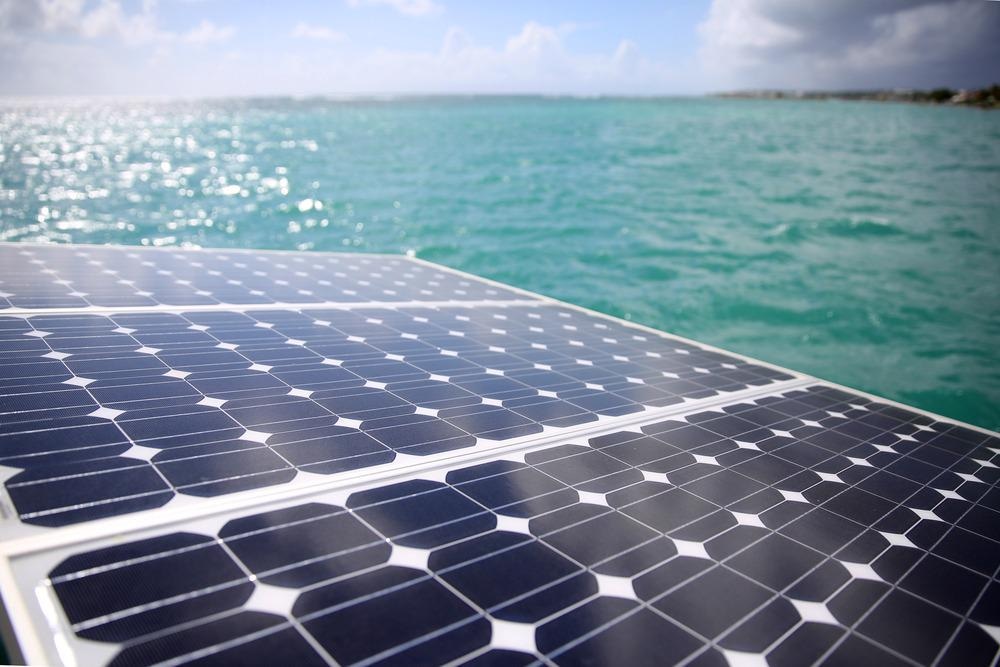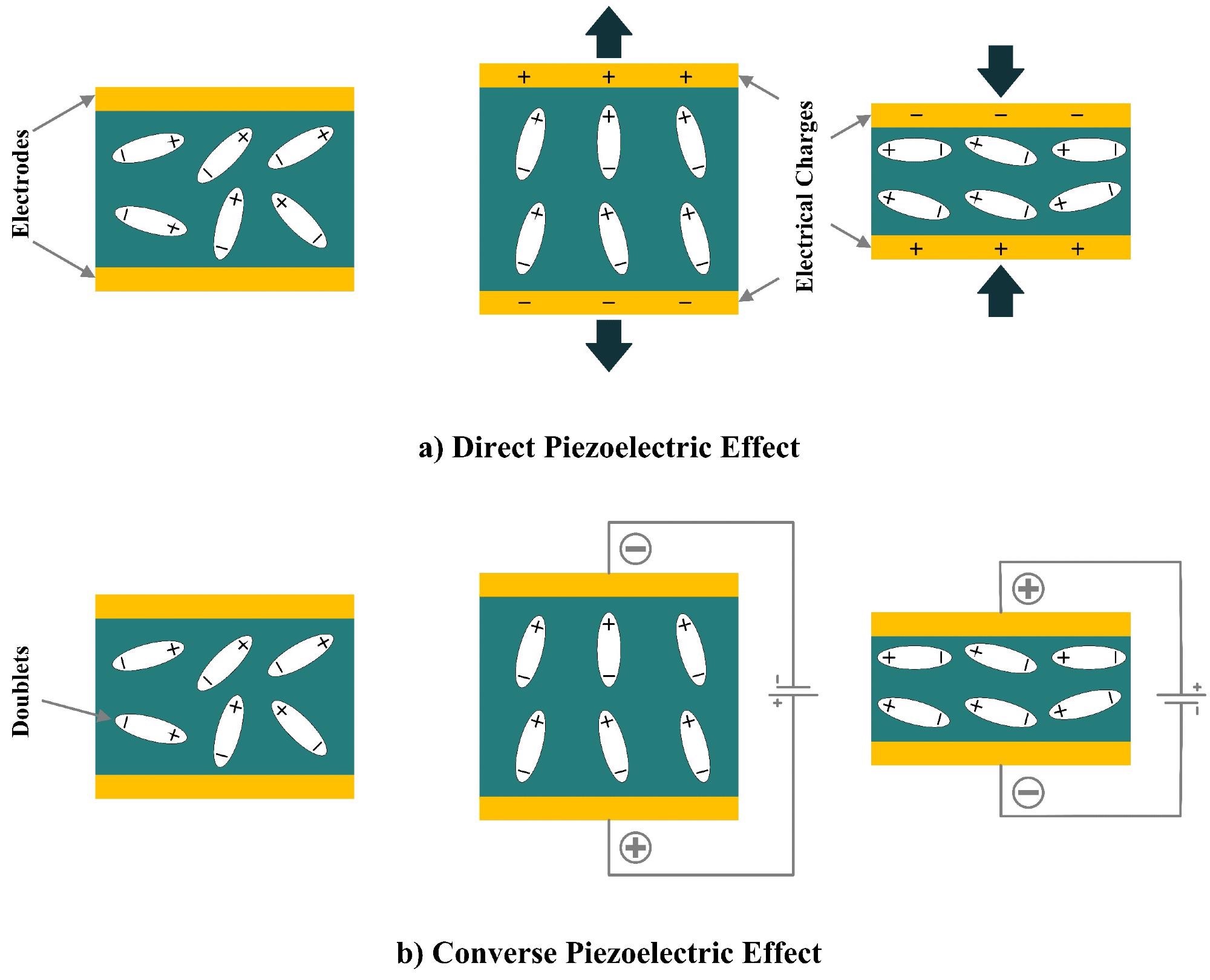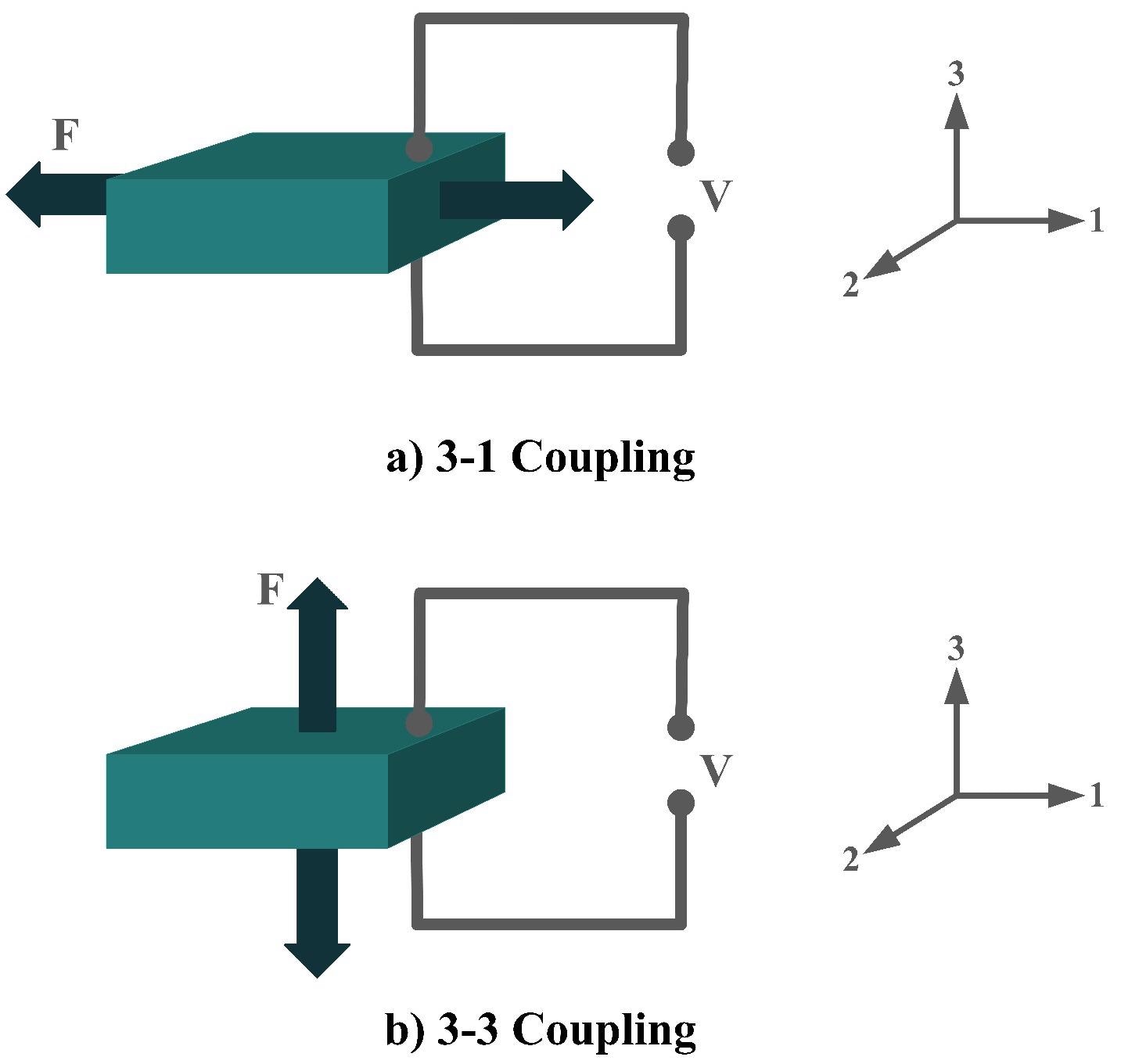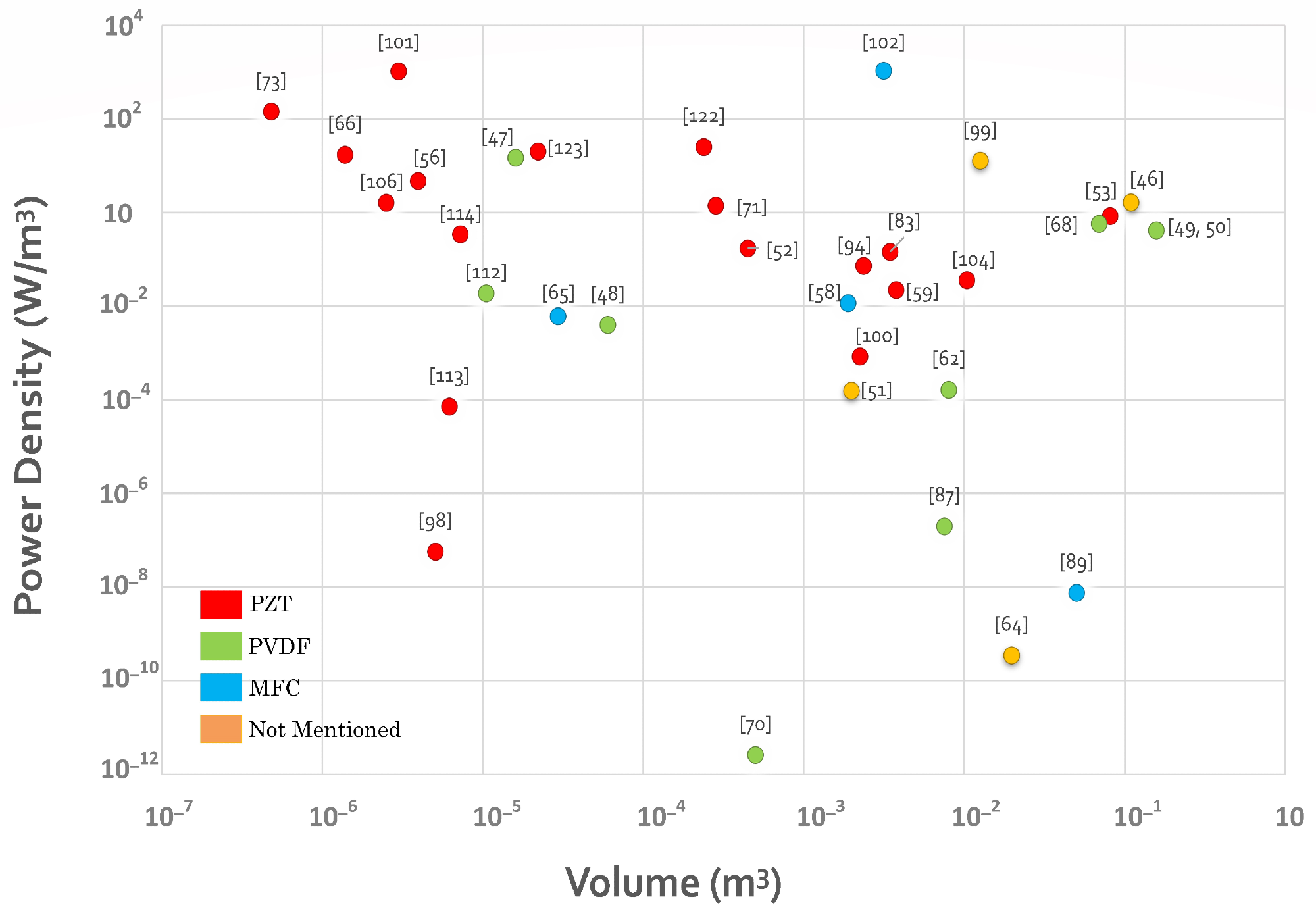 By Surbhi JainReviewed by Susha Cheriyedath, M.Sc.Mar 4 2022
By Surbhi JainReviewed by Susha Cheriyedath, M.Sc.Mar 4 2022In a review recently published in the journal Sensors, researchers presented a detailed discussion of the piezoelectric energy harvesters as well as their oceanic applications through an atlas.

Study: An Atlas of Piezoelectric Energy Harvesters in Oceanic Applications. Image Credit: goodluz/Shutterstock.com
Background
The risks of polluting ocean waters are gradually increasing as the oceanic industry grows. Ocean monitoring devices, such as various types of sensors, are being developed to solve this problem. Many low-energy consumption sensors have been introduced to control ocean pollution and evaluate water quality using technologies such as micro-electro-mechanical systems (MEMS).
The most typical trends in newly developed sensors and electrical devices are miniaturization, reduced power consumption, and portability. Because batteries are big and heavy, they obstruct the development of small and light electronic gadgets. As a result, it's critical to minimize the use of batteries in maritime equipment and make them self-powered.

Piezoelectric Effect; (a) Direct Piezoelectric Effect; (b) Converse Piezoelectric Effect. Image Credit: Kargar, S et al., Sensors
Recent advancements in marine energy harvesting indicate that cables and batteries will be phased out of future gadgets and will be substituted by clean power that has no environmental risks. Piezoelectric materials have a significant energy generation density that is around three times higher than other small-scale energy harvesters.
There has been extensive production of piezoelectric energy harvesters with several potential applications. In the fields of piezoelectric energy harvesters and oceanic piezoelectric energy harvesters, numerous surveys have been conducted. However, none of them have put together a comprehensive design atlas for piezoelectric energy harvesters.
About the Study
In the present study, the authors presented an atlas of 85 piezoelectric energy harvester designs in maritime applications. The atlas organized these designs into categories depending on their configurations, such as cantilever beam, diaphragm, stacked, and cymbal configurations, as well as material, coupling modes, location, and power range.
In this atlas, a set of unified schematics was produced to demonstrate their functioning principles. Furthermore, this review explored all of the themes in the atlas and, different features of marine piezoelectric energy harvesters were also examined in depth in order to identify research gaps and address issues in the field.
The authors completely focused on the marine applications of the piezoelectric energy harvesters because of their recent development and interest. This review also examined piezoelectric coupling modes, piezoelectricity, piezoelectric materials for ocean energy harvesting applications, power harvesting system, classification of piezoelectric energy harvesters on the basis of the device structure, location of oceanic facilities, and ocean energy sources.
The atlas corresponding to 85 piezoelectric energy harvesters was divided into four categories: (1) piezoelectric energy harvesters based on a cantilever beam, (2) diaphragm-based piezoelectric energy harvesters, (3) stacked-based piezoelectric energy harvesters, and (4) piezoelectric energy harvesters based on the cymbal. Finally, future views and challenges were thoroughly examined.

Piezoelectric Coupling Modes; (a) 3-1 Coupling Mode; (b) 3-3 Coupling Mode. Image Credit: Kargar, S et al., Sensors
Observations
It was observed in one of the studies that lead zirconate titanate (PZT) was brittle and fragile by nature, with a 0.1% elongation at break. Also, as a result of its flexibility, polyvinylidene fluoride (PVDF) was used in applications that required higher loads.
Some studies show that when compared to PZT, PVDF had a substantially lower Young's modulus and exhibited a 10% elongation at break. It was also determined that in oceanic applications, piezoelectric-based energy harvesters used four different coupling modes: 3-1, 3-3, 1-4, and 1-5. Some studies also demonstrated that because the 3-1 coupling mode had the lowest piezoelectric coefficient of the three coupling modes, it had the lowest output power.
Furthermore, it was determined that PZT was one of the three most common materials used in marine piezoelectric energy harvesters, and it comes in a variety of sizes and power densities. Some studies also demonstrated that PVDF-based energy harvesters had a bigger volume than PZT and micro-fiber composites (MFC)-based energy harvesters since their piezoelectric coefficient was substantially lower.

Power density per volume graph of the oceanic piezoelectric energy harvesters. Image Credit: Kargar, S et al., Sensors
Conclusions
In conclusion, this review elucidated the essential aspects of piezoelectric energy harvesters in marine applications. The authors also demonstrated the atlas of 85 piezoelectric energy harvesters based on different piezoelectric configurations such as diaphragm, cantilever beam, cymbal, and stacked configurations.
The developed atlas included the material, location, piezoelectric coupling modes, energy source, power density as well as a unified schematic of the designs reported in the literature. The team laid up all of the schematics in such a way that the functioning principle is clear.
The authors emphasized that examining the collection (atlas) would help in identifying the research gaps and assist future designers in the field by developing a recipe for selecting the appropriate material, configuration, coupling mode, energy source, location, and so on. They also believe that this collection of ideas will aid researchers in developing their own oceanic energy harvesters.
Disclaimer: The views expressed here are those of the author expressed in their private capacity and do not necessarily represent the views of AZoM.com Limited T/A AZoNetwork the owner and operator of this website. This disclaimer forms part of the Terms and conditions of use of this website.
Source:
Kargar, S. M., Hao, G., An Atlas of Piezoelectric Energy Harvesters in Oceanic Applications. Sensors 22(5), 1949 (2022. https://www.mdpi.com/1424-8220/22/5/1949.